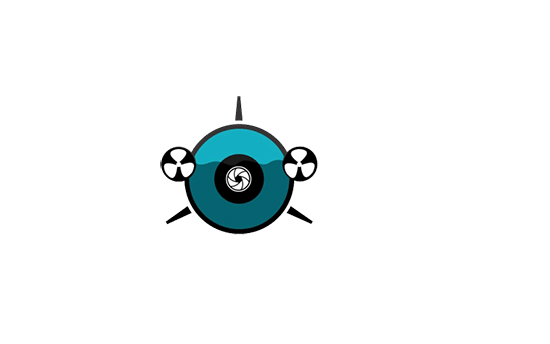Underwater ROVs have now become commonplace in the underwater asset integrity industries. Its popularity can be credited to the fact that it is such an advanced technology – it can carry out complex projects in restricted and hazardous environments. Owing to this, ROVs have now become a viable alternative to divers.
Planys has and will always promote improvements in health, safety, quality, environmental and technical standards. We keep updating our safety manual on a timely basis in accordance with the guidelines and adhere to the same. Our objective is to use automated and autonomous systems to bring down the exposure of our employees to the harsh environment, increase the operational weather window and bring down costs.
Since ROVs are so widely used, it becomes important to have a few rules and regulations put into place to govern their operations. Compiled below is a standard list of codes of practice whilst undertaking inspections using underwater ROVs. Please note that the information given below is for guidance purposes and endeavors to reflect best practices. This is the safety process that most inspection services companies follow for safe and efficient underwater inspections.
ROV Health Check Before Job:
ROV capabilities are constantly increasing with the technology influx. The higher the specification of a particular vehicle, the more efficient the utilization becomes. However, it is important to detail the work that the ROV is supposed to undertake. In addition, the ROV provider needs to be confident that the vehicle and the additional equipment (payloads, sensors, etc.) are in suitable conditions fit for the proposed inspection. The precision and health of the system need to be assessed through the evaluation of experts, physical tests and previous use in similar conditions.
Surveying:
In the marine inspection industry surveying is most tasks involving seabed assessment which is at times assisted by acoustic mapping. Before starting the survey, the geographical coordinates need to be fixed, making sure that the target is within the permitted corridor, examining the physical condition of the target, and if required cleaning the debris.
Equipment & Tool Safety:
Tools fitted on the ROV, and the accompanying materials are being constantly upgraded according to the requirements of the market. While fitting or testing ROV tools all the safety practices should be duly followed. In addition, the tool manuals should be always kept on-site and readily available for the crew.
Environmental and Weather Considerations:
Safe and competent deployment of ROV and underwater inspection largely depends on environmental and weather conditions. The ROV supervisor is the one who reserves the right to decide the operational timings of the ROV. They will be required to discuss with the site managers and define clear environmental limits. All environmental aspects such as weather, water current and high tide periods, etc. need to be properly studied before deciding upon the operational window for the ROV inspection crew.
Water Depth Assessment:
Some ROVs are built to work thousands of meters under the water level whereas some are designed to go only up to a certain depth. Whilst operating an ROV at a considerable depth, tether length, station keeping, and associated drag should be taken into account as these parameters affect the topside handling system.
Temperature:
Too high or too low temperatures can have an adverse effect on the usability of electronic equipment and cause material damage that can lead to structural or mechanical failure onsite. Hence it is always advised to utilize lubricants and hydraulics that possess stable properties in varied environments.
Pilot Experience:
The ROV pilot plays a crucial role in keeping things under control, especially in high current locations. The pilot should be experienced enough to understand the capabilities and limitations of the vehicle at hand. Always choose a pilot that has a good sense of spatial awareness and the agility to carry out operations in tough conditions such as strong current or limited visibility.
Launch and Recovery:
The ROV supervisor is responsible for putting into place a reliable, effective and safe launch and recovery system. The procedure needs to be strictly adhered to by all the crew members. It should be undertaken in an organized, logical manner and be built in a way that every personnel on the field is aware of the situation at any given point in time.
Communication Mediums:
Effective communication systems are of paramount importance to the safety and success of any underwater inspection. The crew should either communicate via word of mouth, wired communication systems, radios or even toolbox talks. All the members of the crew should be given a status update and should also be filled in on any unusual situation that may arise during operations.
Besides all of the aforementioned, the client and providers must that the site, equipment, and operating procedures are appropriate and meet the required standards & regulations. If you wish to know more about our services, please visit www.planystech.com or dial +91-8448188507.

